5 Means Of Identifying Grounded Conductors (By NEC 200 Article)
Latest NEC requirements state at least five means of identifying grounded conductors. So, let’s go through each of them // Sizes 6 AWG or smaller Sizes 4 AWG or larger Flexible cords Grounded conductors of different systems Grounded conductors of… Read more
Feb 13, 2016 | By Edvard Csanyi
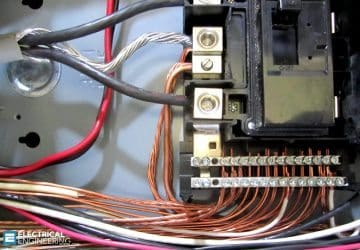
Arc Flash Hazard Calculation In 9 Steps Using IEEE 1584
The Institute of Electrical and Electronic Engineers (IEEE) published the IEEE 1584 “Guide for Performing Arc Flash Hazard Calculations”. It contains detailed methods and data that can be used to calculate arc flash hazards for the simplest to the most… Read more
Feb 12, 2016 | By Edvard Csanyi

Where do electrical faults occur the most?
A fault is not a natural occurrence. It is an unplanned event which occurs unexpectedly. Electrical faults in an electrical installation or piece of equipment may be caused by: Negligence (that is, lack of proper care and attention), Misuse (that is,… Read more
Feb 01, 2016 | By Edvard Csanyi

Important points about grounding of electronic equipment
Grounding electronic equipment for personal safety and clearing of faults is no different than that of any other equipment. Safe grounding requires fast opening of circuit breakers or fuses and minimization of voltage differences between exposed metal surfaces on all… Read more
Jan 29, 2016 | By Edvard Csanyi

Measurement of residual currents on a distribution feeder
The measurement of the earth fault or residual currents on a distribution system feeder can be done by the so-called summation connection, where the three current transformers, one in every phase, are connected and the summated current is brought to… Read more
Jan 22, 2016 | By Edvard Csanyi
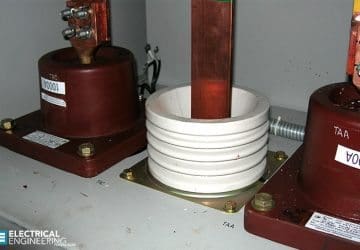
When You Ground Ungrounded System With Grounding Transformer
The common grounding assumes a wye-connected neutral to ground. As this is not always the case, and in some cases it is not a three-phase system that it is desired to be grounded. For situations of this kind a grounding… Read more
Jan 20, 2016 | By Edvard Csanyi

Setting the generator protective relay functions
This technical article will cover the gathering of information needed to calculate protective relay settings, the setting calculations for the various protective functions, typical generator/turbine withstand times for abnormal operating conditions, and the math associated with various types of impedance elements…. Read more
Jan 16, 2016 | By Edvard Csanyi

Protection schemes for generators and motors
It is difficult to define precisely the protection schemes that should be adopted for an electricity distribution system, given the large number of valid alternatives for each situation, but some schemes will be presented as a guide for protecting the… Read more
Jan 15, 2016 | By Edvard Csanyi
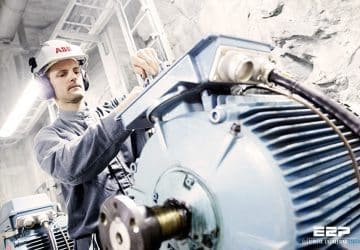
Guidelines To Inspection Of Molded Case Circuit Breakers (MCCB)
The need for inspection of molded case breakers (MCCB) will vary depending on operating conditions. Suggested inspection and testing is defined in ANSI/NEMA AB 4, Guidelines for Inspection and Preventive Maintenance of Molded Case Circuit Breakers Used in Commercial and… Read more
Jan 08, 2016 | By Edvard Csanyi

8 tips to avoid ground loops when dealing with signal level circuits
General recommendation is to properly design and implement the facility’s grounding system to avoid unwanted involvement of ground loops with the operation of the equipment. This kind of approach can also eliminate the need to consider equipment modifications and to… Read more
Jan 06, 2016 | By Edvard Csanyi
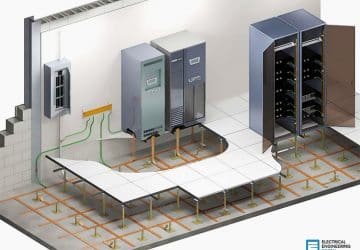
LV Surge Arresters In Action Against Lightning
The site consists of offices (computer hardware, lighting and heating unit), a security post (fire alarm, burglar alarm, access control, video surveillance) and three buildings for the manufacturing process on 10 hectares in the Avignon region of France (probability of… Read more
Dec 29, 2015 | By Edvard Csanyi
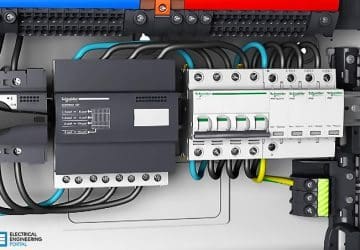
The Basics Of Circuit Breaker Tripping Units
The main objective of circuit breaker tripping units and protective functions in general is to detect faults and to selectively isolate faulted parts of the system. It must also permit short clearance times to limit the fault power and the… Read more
Dec 21, 2015 | By Edvard Csanyi

Learn To Interpret Single Line Diagram (SLD)
We usually depict the electrical distribution system by a graphic representation called a single line diagram (SLD). A single line can show all or part of a system. It is very versatile and comprehensive because it can depict very simple… Read more
Dec 19, 2015 | By Edvard Csanyi
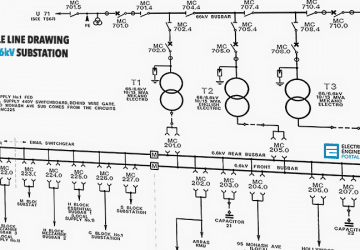
Distribution of the MV neutral conductor right to the loads
4-wire systems are characterized by distribution of the MV neutral conductor right to the loads. This type of distribution is used in the USA and in certain countries influenced by North America, and is always subject to ANSI regulations. It… Read more
Dec 16, 2015 | By Edvard Csanyi

Protective relay – The brain that detects abnormal system conditions
For medium voltage circuit breaker applications, protective relay serve as the “brain” that detects abnormal system conditions and direct the circuit breaker to operate. They also serve to provide specialized protection in low voltage power circuit breaker applications for functions… Read more
Dec 12, 2015 | By Edvard Csanyi


